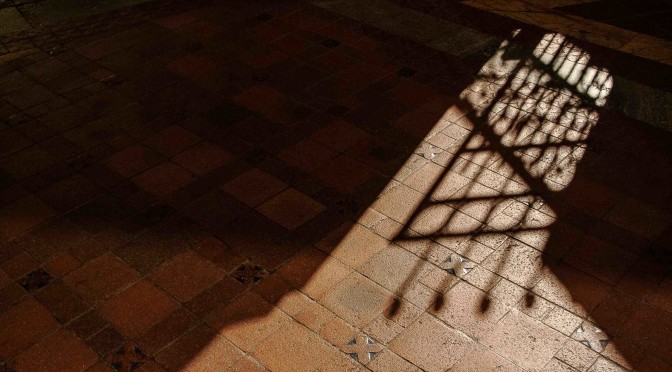Just whipped this off to the editor of The Ottawa Citizen. I’m not so much crabby as tired of the same old, same old (though it may be difficult to tell the difference).
****************
Planning. Building Permits and Approvals. Bylaws. Community and Social Services. Heritage. Rural Affairs Office. Community Development Framework. The commonality of all of these City of Ottawa departments or projects is that they directly relate to shelter or place.
Could someone please explain to me, then, how they work with one another to provide interrelated, meaningful, long-term solutions to residents, groups and communities within the city? How does the work of one department support, clarify and strengthen the work of the others? How is information shared? I can find no flow charts or other diagrams that express these relationships, yet their departmental, silo-style projects and policies affect communities in complex, and often profound, ways. Perhaps I am just blind in one eye and can’t see out of the other.
The cornerstone of healthy democratic process is citizen and community engagement. But effective engagement with the city is dependent upon a reasonable understanding of departmental interrelationships and linkages. If these relationships are not defined, mandated, and communicated out from within, then I fail to see how holistic decision-making and durable problem-solving is possible for city departments and the citizens and communities they serve. The village planning exercises, held in March and April throughout the city, were the latest consultation process that bluntly highlighted the frustration of solving interdepartmental community problems. As impossible as it may seem, all the players need to be sitting at the (proverbial) table at the same time to affect useful results.
In my opinion, connecting the dots between the departments is the true value proposition for the city.
Andrea Cordonier
www.seekingshelter.ca
Burritt’s Rapids, ON
